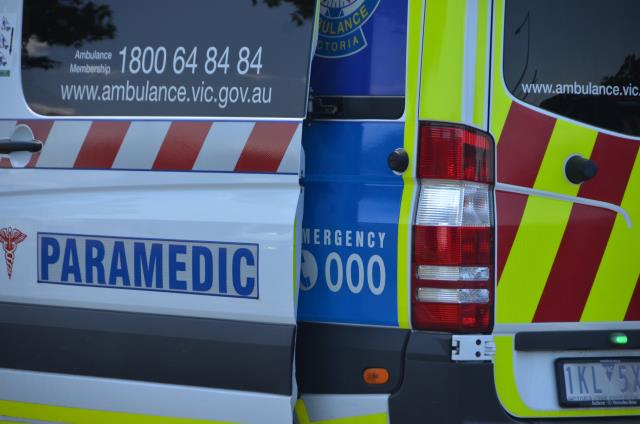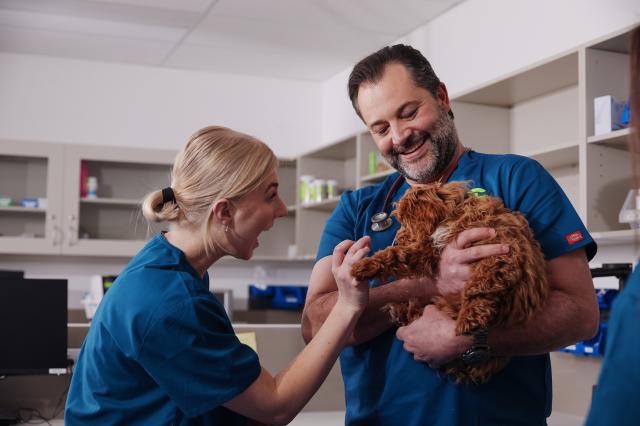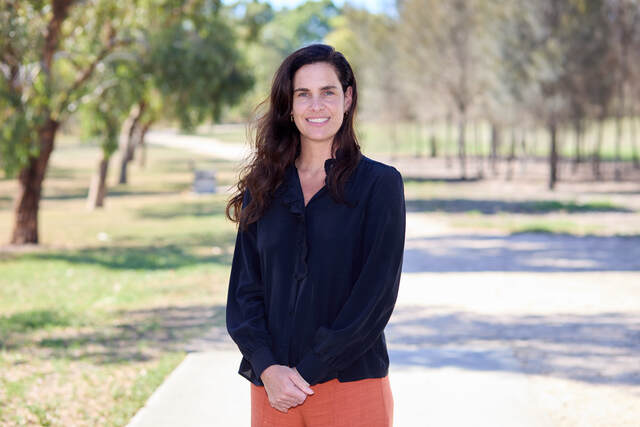Average code one ambulance response times in Hume and Whittlesea topped 16 minutes in the three months to June as demand on the service continues to soar.
Ambulance Victoria responded to 4788 code one call outs – incidents requiring urgent paramedic and hospital care – a 33 per cent increase from 3599 in the three months to June 2021.
The average code one response time was 16 minutes and 12 seconds, up from 14:26.
Ambulance Victoria benchmarks require crews to respond to code one calls in 15 minutes or less. In Hume, 59.6 per cent of calls were responded to in that timeframe.
In Whittlesea, paramedics were called too 3642 code one calls, up from 2845 12 months earlier. The average response time was 16 minutes, up from 13:57, with 62.6 per cent of crews arriving in 15 minutes or less.
Ambulance Victoria said performance has been impacted by staff furloughing due to the Omicron variant, time spent transferring patients at health services and sicker patients who have deferred care.
It said that offload teams to rapidly transfer patients to hospital care are now being expanded to 14 public hospitals, including the Northern Hospital, and a further five are in planning, in a bid to reduce response times.
Ambulance Victoria acting metro region director Jess McGowan said paramedics were being called to 1800 to 2000 cases daily across the state, with the COVID-19 pandemic continuing to put “unprecedented pressure” on the health system.
Across the state, paramedics responded to 97,928 code one cases between April and June, making it the busiest quarter in Ambulance Victoria’s history, the organisation said.
“We’re working hard to relieve pressure in the system with more paramedics on the road and more resources at hospitals to help offload patients faster,” she said.
“[We] continue to ask the community to help us by saving triple-0 (000) for emergencies.”
Victorian Ambulance Union secretary Danny Hill said the increasing response times in outer suburban areas, such as Hume and Whittlesea, were a reflection of the strain on the system.
“Where you see the metropolitan response times start to blow out, it normally is in the areas surrounding the outer peripheral areas of Melbourne, like your Craigieburn, Sunbury, King Lake, places like that. Mernda, those sort of areas, are often where you see [times blow out], because a lot of the resources are concentrated in the city, but the hospitals are also concentrated closer in. They’re always transporting patients away from where their branches are,” he said.







